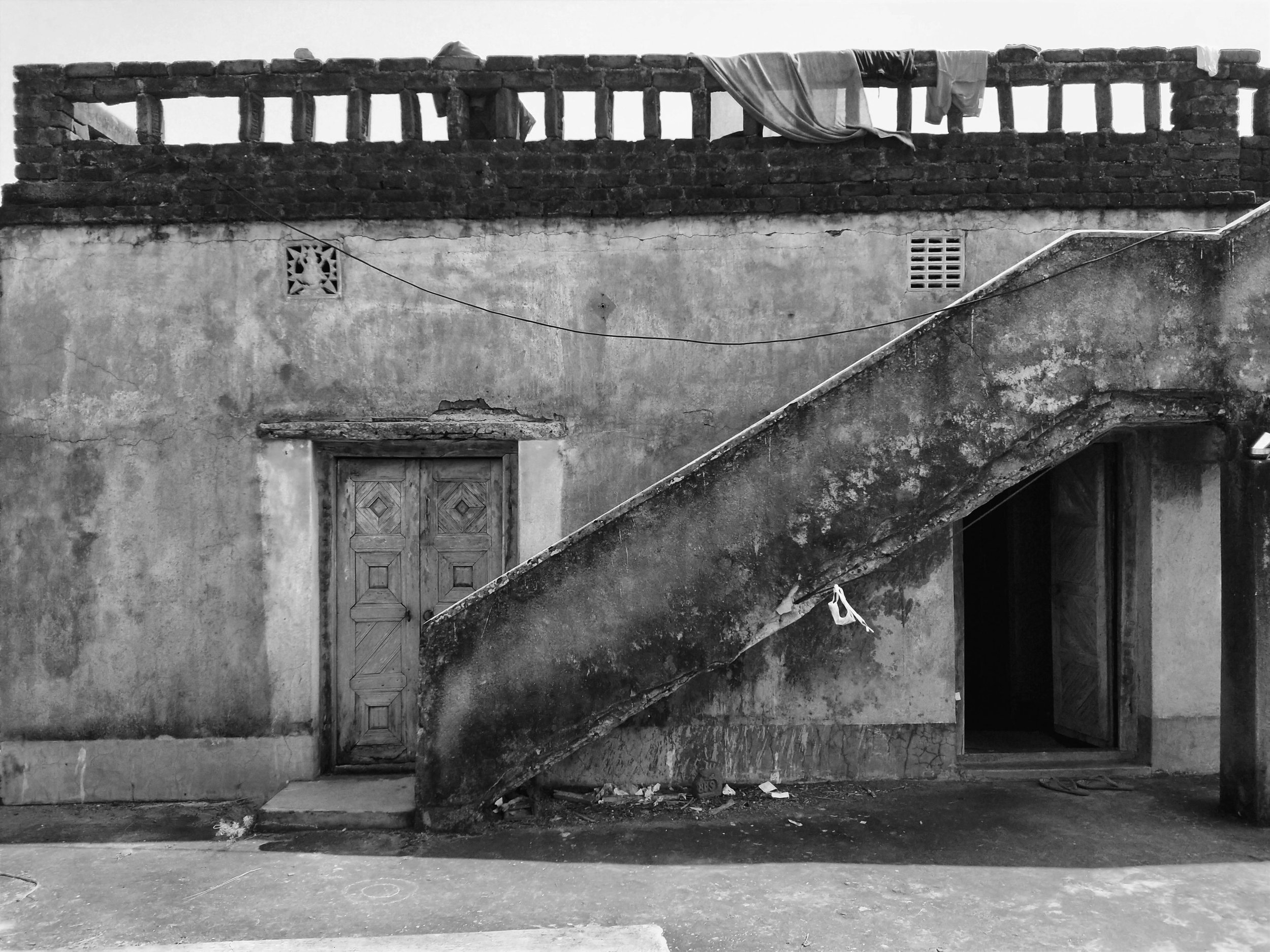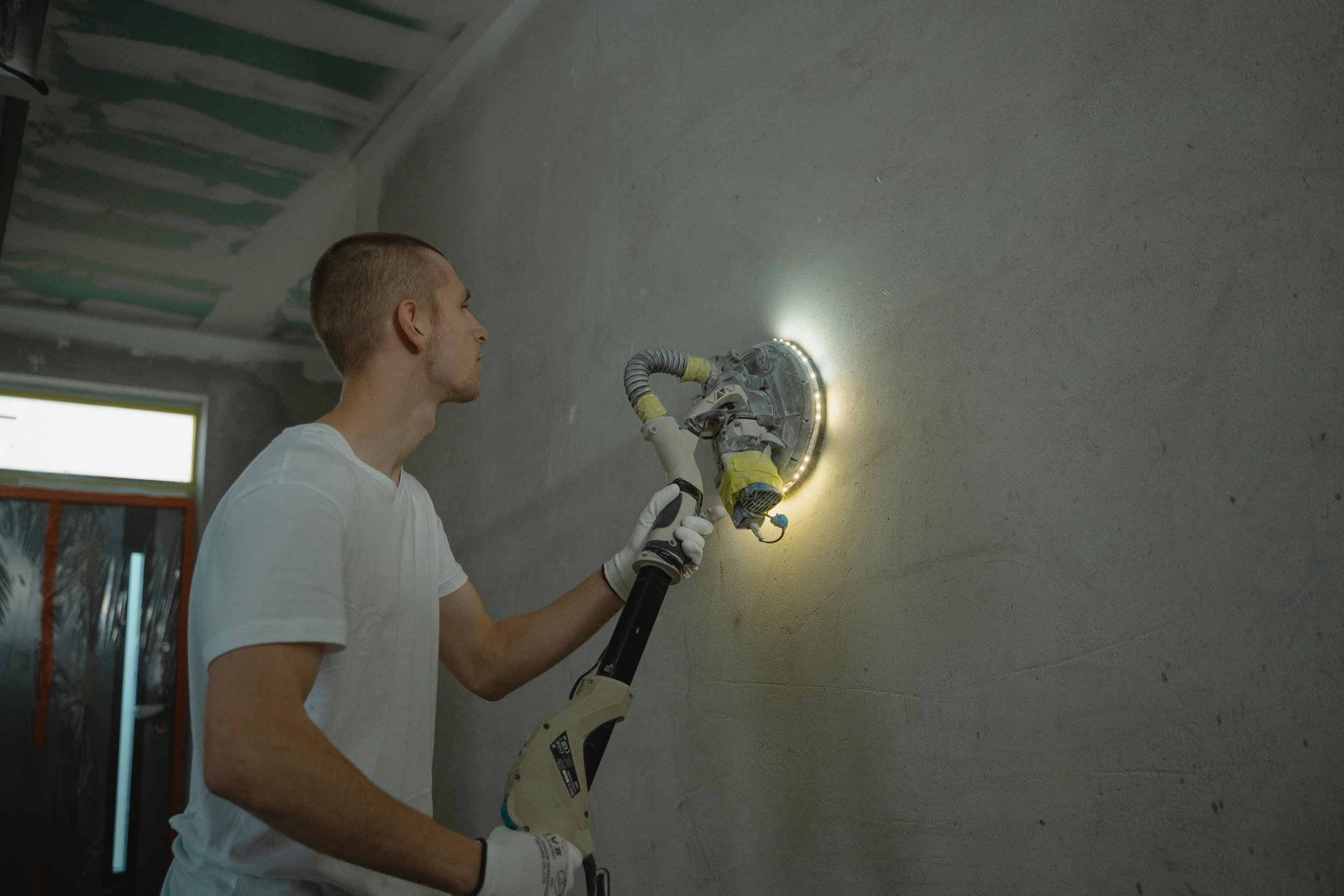The Challenges of an Unfinished House
An unfinished house can be a daunting sight. It's a structure stuck in limbo, not quite a home yet. But for some, it's an opportunity to invest in real estate or embark on a home improvement project. However, these ventures are not without challenges. The path is often complex, from understanding the scope of work to navigating building codes. Other hurdles to overcome include budgeting accurately, ensuring safety, and maintaining property value. Then there's the question of whether to DIY or hire professionals.
This article will explore these challenges and provide insights and tips for effectively dealing with unfinished houses- a guide for potential homebuyers, real estate investors, or homeowners thinking about a project.
Understanding Unfinished Houses
An unfinished house is simply a building not completed to its intended finish. It often lacks essential features like flooring, windows, or even walls. These houses are in various stages of construction and offer a unique set of challenges to owners or investors.
The characteristics of an unfinished house are diverse. Some are missing vital infrastructure, while others may look complete but lack finishing touches. This unfinished state can stem from interrupted projects, financial issues, or construction delays. Understanding the specific state of completion is crucial for anyone considering taking on an unfinished house project.
Why Houses Remain Unfinished
Houses often remain unfinished due to financial hurdles. Owners may run out of funds midway through the construction. Such budget shortages halt progress and leave projects incomplete.
Life changes also contribute to unfinished homes. When unexpected events occur, people may need to relocate quickly. This can result in abandoned construction projects, adding to the inventory of unfinished houses.
Sometimes, unforeseen construction challenges derail plans. Encountering structural problems or failing to meet building codes can bring work to a standstill. These obstacles can make finishing the house a daunting and expensive task.
The Investment Potential of Unfinished Houses
Unfinished houses often present intriguing investment opportunities. Their initial purchase price is typically lower than fully completed homes. This cost advantage can attract real estate investors looking for potential high returns.
However, investing in an unfinished house requires foresight and skill. Investors must accurately evaluate the costs and work needed to finish the construction. Thorough inspections are essential to avoid unforeseen expenses and maximize profitability.
Despite the risks, unfinished properties can be customizable. Investors have the chance to tailor the home to market preferences. This customization can enhance the property's value, making it an appealing proposition for savvy investors.
Inspecting and Assessing the Work Needed
Assessing an unfinished house requires a meticulous inspection process. It's crucial to identify the scope of work involved in completing the construction. Each area of the house must be thoroughly examined to determine its current state.
A detailed inspection can help uncover hidden issues. These may include structural deficiencies or safety hazards that aren't immediately visible. Proper evaluation of these elements is vital to prevent unexpected costs down the line.
Enlisting the help of professionals can be beneficial. Experienced inspectors have the expertise to identify potential problems.
Their insights offer a better understanding of the completion process, aiding in effective planning and execution.
Navigating Building Codes and Permits
Navigating building codes is an essential step when dealing with an unfinished house. Every locality has its regulations that builders must adhere to. Understanding these codes helps ensure compliance and avoid costly penalties.
Permits are often required before commencing any construction work. These permits can vary depending on the scope of the project. Securing the correct permits is crucial for a smooth construction process and to prevent future legal issues.
It's wise to consult with experts familiar with local regulations. They can guide you in obtaining all necessary approvals. With their help, you can avoid potential pitfalls and ensure your project's success.
Budgeting for Completion: Hidden Costs and Realistic Estimates
Completing an unfinished house often uncovers hidden costs. It's crucial to anticipate these surprises in your budget. Unforeseen expenses can arise from outdated systems or structural issues.
A realistic estimate is key to a successful project. Start by analyzing the current state of the house and the work required. This thorough assessment helps you allocate funds appropriately and avoid running out of money.
Don't forget to set aside a contingency budget. This reserve acts as a safety net for unexpected costs. Having this cushion ensures that you can handle surprises without derailing the entire project.
Safety Hazards and Structural Integrity Concerns
Unfinished houses can pose serious safety hazards. Exposed wiring, unstable structures, and incomplete staircases are common risks. These issues require immediate attention to prevent accidents.
Structural integrity is another critical concern. Incomplete foundations or wall frames may jeopardize stability. Conducting a thorough inspection is essential to identify any weaknesses or defects.
Addressing these hazards is vital for a secure living environment. Prioritize safety improvements before proceeding with other projects. This approach ensures a solid foundation for further development and peace of mind.
Impact on Property Value and Resale Prospects
Unfinished houses can significantly impact property value. A home that’s not move-in ready may sell for less. Buyers typically factor in the costs of completion when negotiating a price.
Resale prospects can also be challenging. Many homebuyers prefer finished homes to avoid the hassle of construction. This preference can limit the pool of potential buyers for an unfinished property.
Despite these challenges, an unfinished house isn’t without potential. Renovating and completing the house can boost its value. With the right improvements, the property may attract buyers and achieve a stronger market position.
Prioritizing Home Improvement Projects
Tackling an unfinished house requires a strategic plan. Prioritizing projects is essential to manage time and expenses effectively. Start with critical repairs, like structural fixes, to ensure safety.
Once essential repairs are complete, focus on projects that enhance comfort and functionality. This approach helps to create a livable and enjoyable space sooner.
DIY or Professional Contractors: Choosing Wisely
When you need work done at home, you can either do it yourself (DIY) or hire a contractor. Both have their pros and cons. Think about your budget, skills, and time and decide what is best for your project.
DIY projects can save money but require skill and time. Assess your abilities honestly before starting.
Professional contractors bring expertise to the table. They ensure that work meets building codes and standards. While more costly, their work can save time and reduce headaches.
Consider a hybrid approach for your unfinished house. Tackle simpler tasks yourself and leave complex projects to professionals. This method balances cost savings with quality assurance.
Financing the Completion: Loans and Other Options
Financing an unfinished house involves various options. Renovation loans specifically cater to completing construction projects. These loans often come with favorable terms for home improvement ventures.
Explore different financial avenues to suit your needs. Personal loans and home equity lines can also provide funds. Weigh the pros and cons of each to find the best fit for your project.
Turning Challenges into Opportunities
An unfinished house presents unique challenges and opportunities. With careful planning, it can transform into a dream home—or even become a valuable asset to sell. Each hurdle offers lessons in creativity and resourcefulness.
By embracing these challenges, you uncover hidden values. If completing the project feels overwhelming, selling the home as-is might be a practical solution. This option allows buyers to bring their vision while allowing you to recoup your investment.
Completing an unfinished house with careful planning and patience can become an exciting and rewarding endeavor for you or the future owner.









